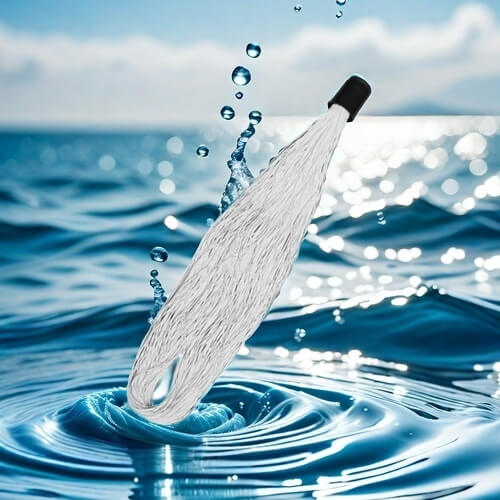Low temperature plasma technology for wastewater treatment
With the acceleration of industrialization, the problem of wastewater discharge is becoming increasingly serious, especially for wastewater containing recalcitrant organic compounds. Traditional wastewater treatment methods often struggle to meet increasingly stringent discharge standards, making the development of new and efficient treatment technologies particularly important. Low temperature plasma technology, as a cutting-edge wastewater treatment method, has received widespread attention due to its unique advantages.
Overview of Low Temperature Plasma Technology
Low temperature plasma technology generates a large amount of active particles by using electrical energy to produce plasma at room temperature and pressure. These active particles can react with pollutants in wastewater to achieve oxidation and degradation of organic matter. This technology can not only efficiently remove organic pollutants from wastewater, but also reduce their biological toxicity, creating favorable conditions for subsequent biochemical treatment.
Processing principle
Low temperature plasma technology mainly relies on the following reaction mechanisms:
Oxidation reaction: Reactive oxygen species (such as · OH, O3) generated in plasma can effectively oxidize organic matter in wastewater, converting it into small molecules or harmless substances.
UV photolysis: During plasma discharge, strong ultraviolet rays are generated, which can directly damage the structure of organic molecules and promote their degradation.
Liquid electric cavitation: In a plasma reactor, bubbles in the liquid rapidly collapse under high pressure, producing shock waves and high temperatures, causing the surrounding organic matter to rapidly decompose.
Through these mechanisms, low-temperature plasma technology can significantly improve the removal rate of recalcitrant organic pollutants.

Process flow
The application of low-temperature plasma technology in wastewater treatment usually includes the following steps:
1. Pre treatment: The wastewater is first subjected to preliminary sedimentation or filtration to remove large suspended particles.
2. Plasma oxidation: Pre treated wastewater is introduced into a low-temperature plasma reactor, where organic pollutants are oxidized and decomposed under the action of high-voltage pulse discharge.
3. Precipitation and regulation: The treated wastewater is sent through a sedimentation tank to remove insoluble residues and adjust the pH value to 7-8 for subsequent biochemical treatment.
Biological treatment: Finally, the supernatant treated with plasma is introduced into a bioreactor for further biodegradation to ensure that the effluent meets discharge standards.
Application effect
Research has shown that when using low-temperature plasma technology to treat wastewater, the COD (chemical oxygen demand) removal rate can reach over 80%, especially when treating high concentration organic wastewater, the effect is significant. In addition, this technology performs well in removing antibiotics, dyes, and other difficult to degrade organic compounds, providing effective solutions for industries such as pharmaceuticals and chemicals.
Advantages and Challenges
Low temperature plasma technology has the following advantages:
Efficiency: It can quickly degrade various difficult to degrade pollutants.
Wide applicability: Suitable for various types of industrial wastewater.
Environmental friendliness: reduces reliance on traditional chemical agents and lowers the risk of secondary pollution.
However, this technology also faces some challenges, such as high equipment investment costs, relatively high energy consumption, and high requirements for operating conditions. Therefore, in practical applications, it is necessary to comprehensively consider both economy and feasibility.
